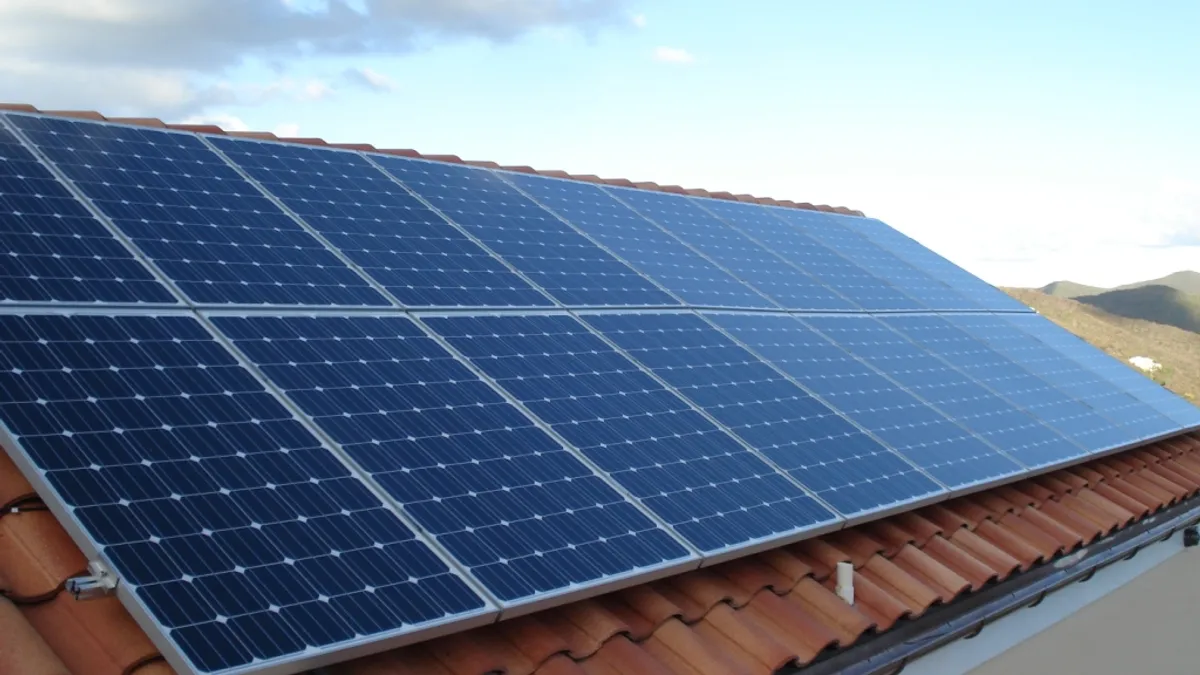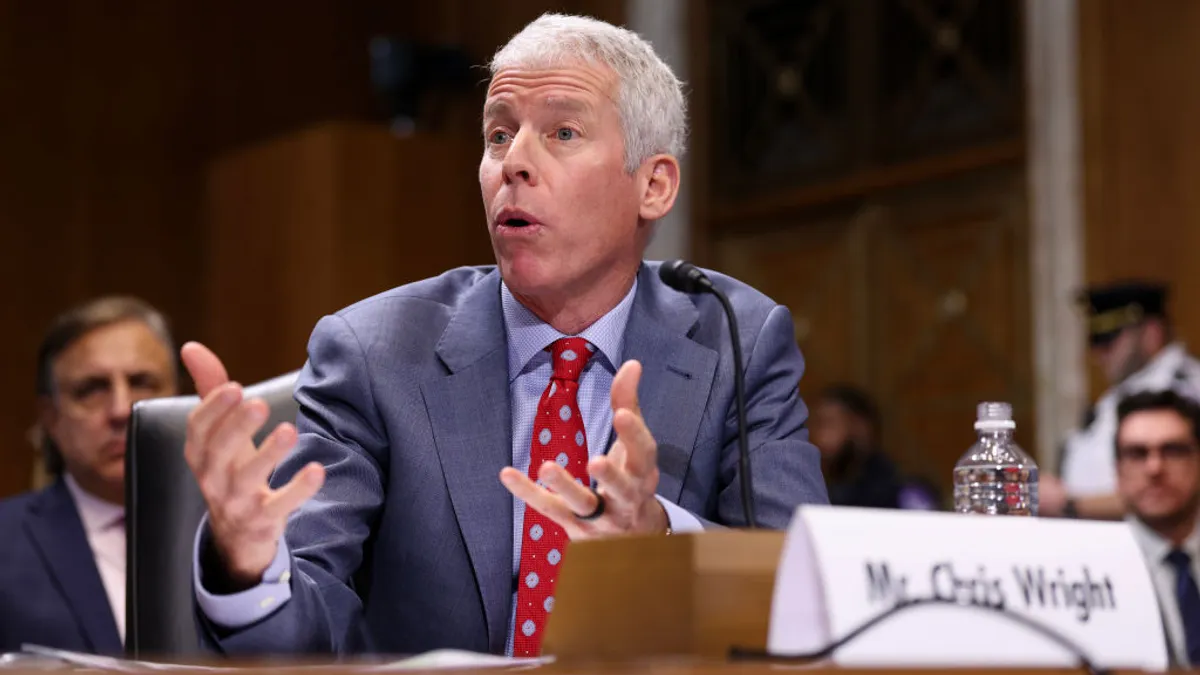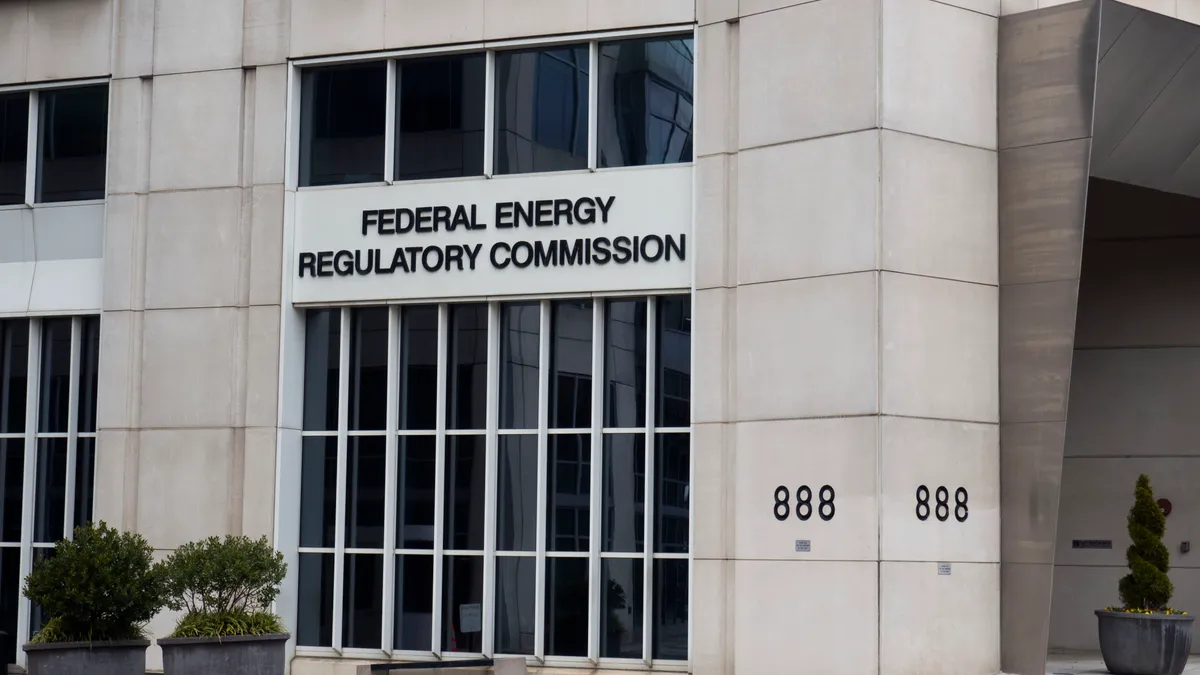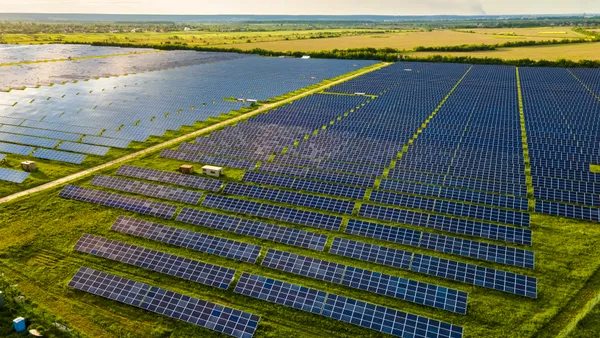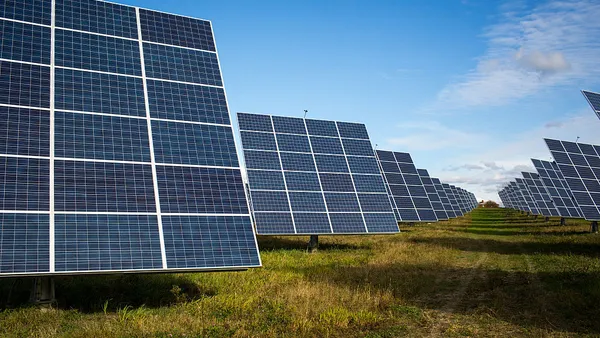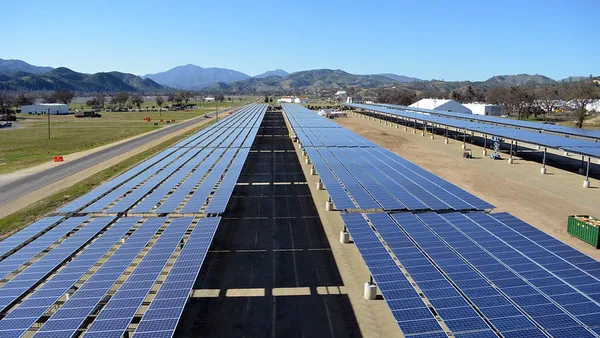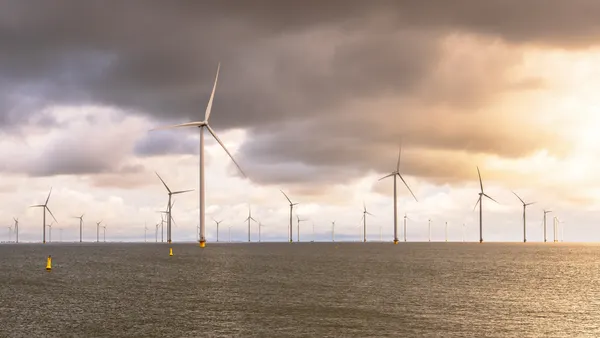Dive Brief:
- Green-advocacy group Environment America has reviewed 11 net metering studies, and says eight of them showed utilities are under-compensating the owners of rooftop solar systems.
- According to the report, the median value of solar power across all 11 studies was nearly 17 cents per kWh, versus the national average electricity price of about 12 cents.
- Progressive solar policies around the country have helped the resource bloom, the group said: the first quarter of this year ended with 21,300 MW of solar capacity installed in the United States.
Dive Insight:
Throwing more fuel on the debate between rooftop solar owners and utilities, a new study finds the value of panel-power is almost 50% more than the nation's average electricity cost.
“While some utilities claim they’re subsidizing solar panel owners, our report shows the opposite is probably true,” Rob Sargent, senior program director at Environment America, said in a statement. “If anything, utilities should be paying people who go solar more, not less.”
That's not what many utilities think, of course. Many say solar users are utilizing the grid far more than the think, and are having their power subsidized by traditional grid-connected residents. But even beyond price, Environment America's report found all 11 of the studies found that solar panel owners offered benefits to the utility grid, including lowering the need for capital investment, avoided energy costs and reduced environmental compliance investments.
According to the report, the United States lost about 203 million MWh hours of electricity in 2012 — 5% the total year's generation. Rooftop solar systems can "drastically reduce the amount of system losses," the group pointed out, by producing electricity onsite and reducing the amount distributed through the grid.
“The solar studies reviewed in this report confirm that huge amounts of solar have already been developed without paying the full value that solar brings,” said Karl Rábago, executive director of the Pace Energy and Climate Center. “Not only does that mean that solar customers have likely been subsidizing non-solar customers and the utility, but that over the long term, continued development of solar promises downward pressure on electric rates for all.”



